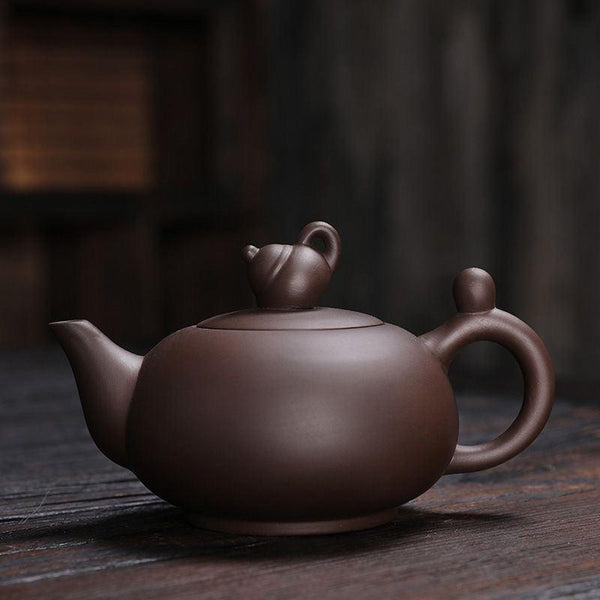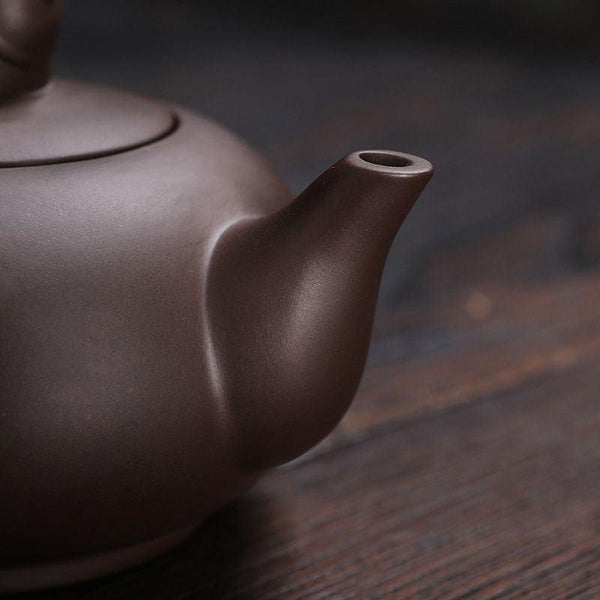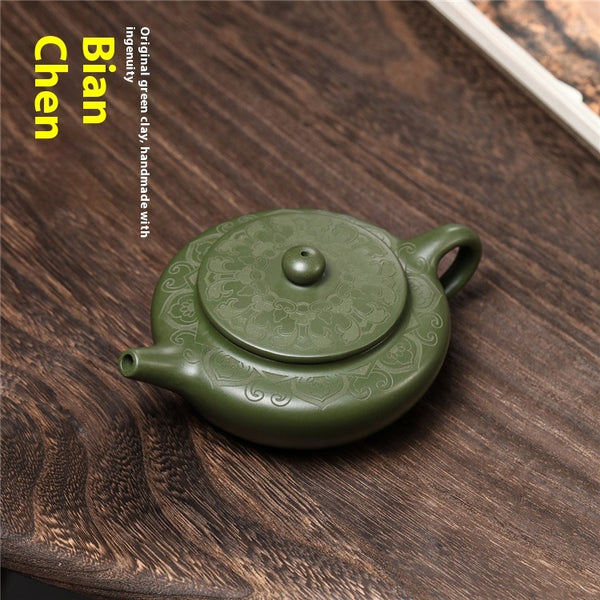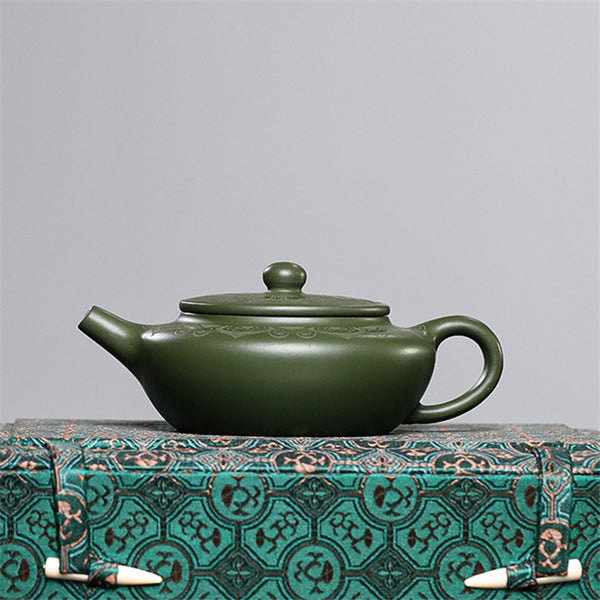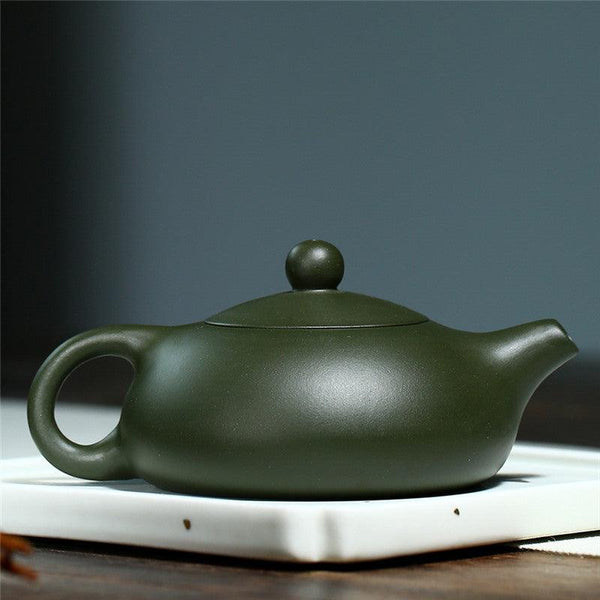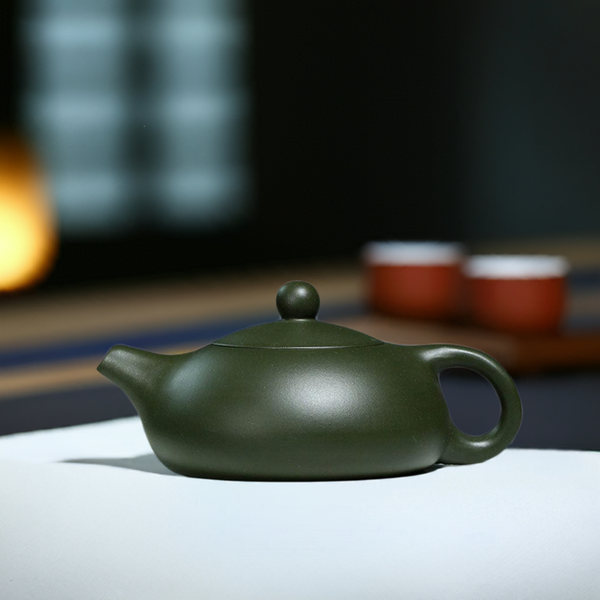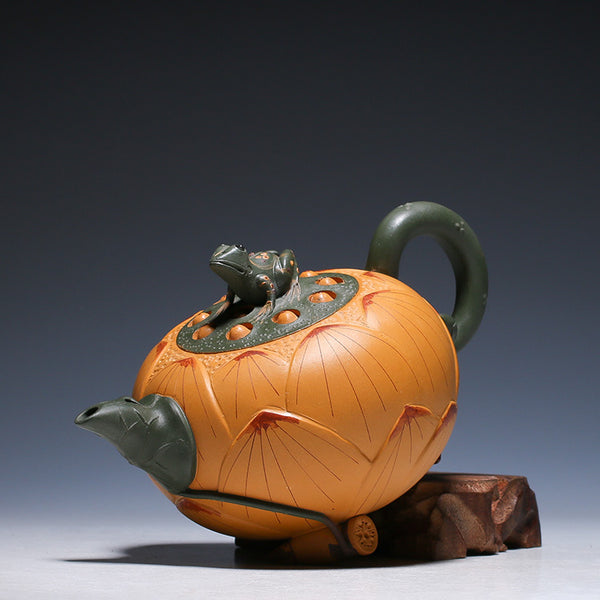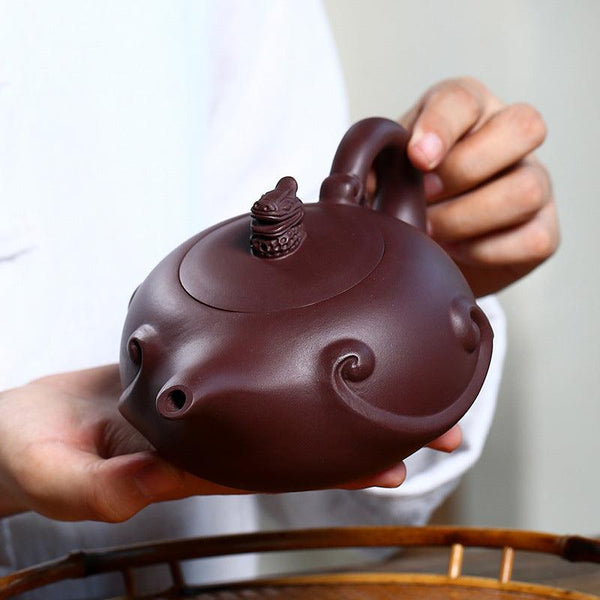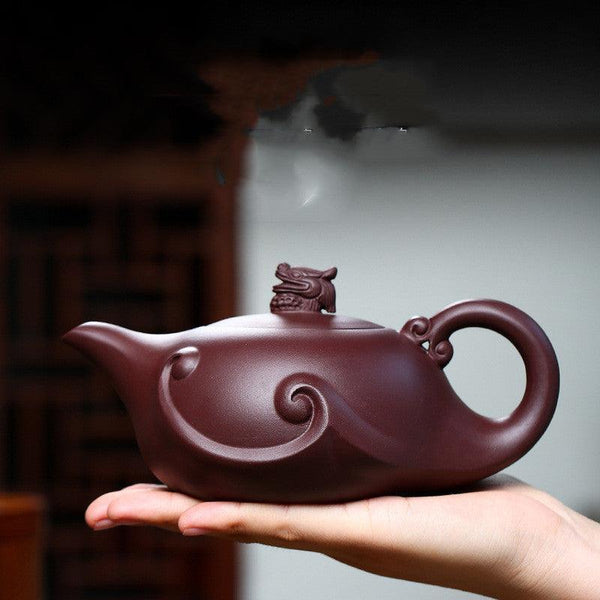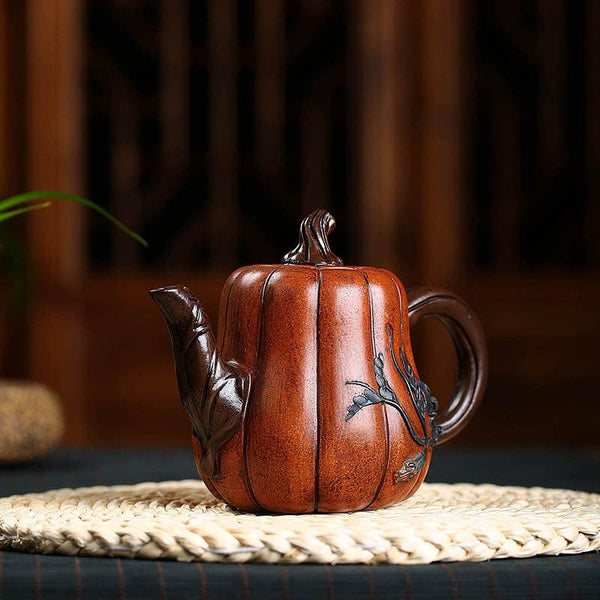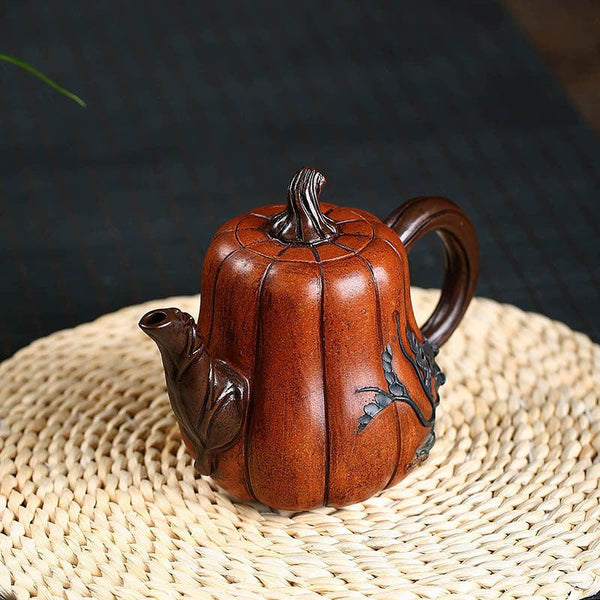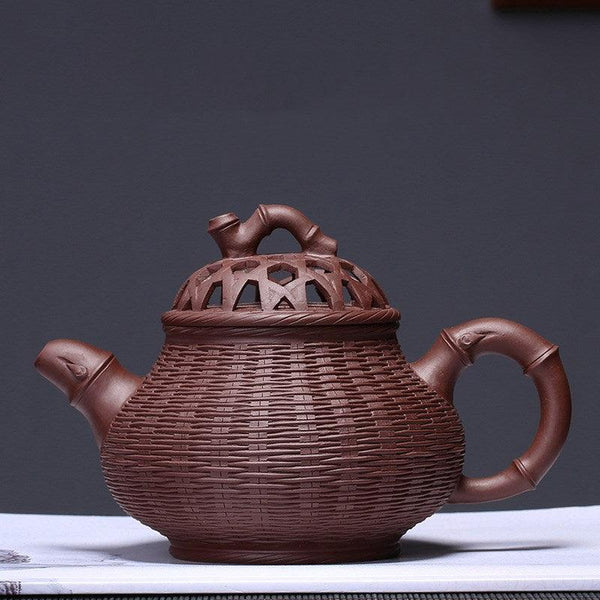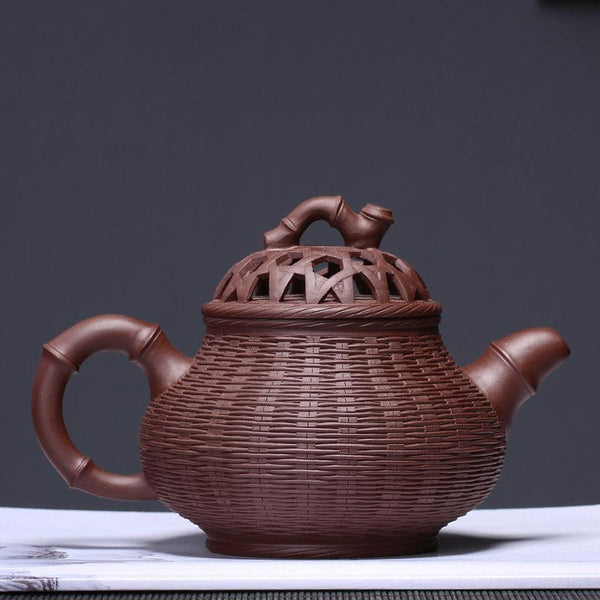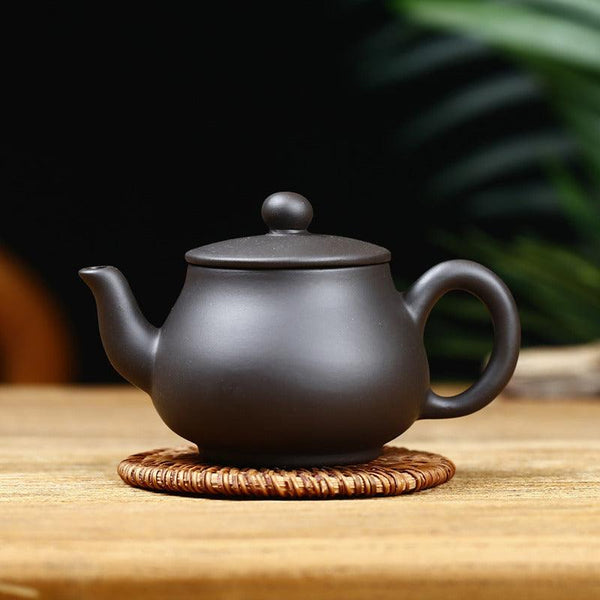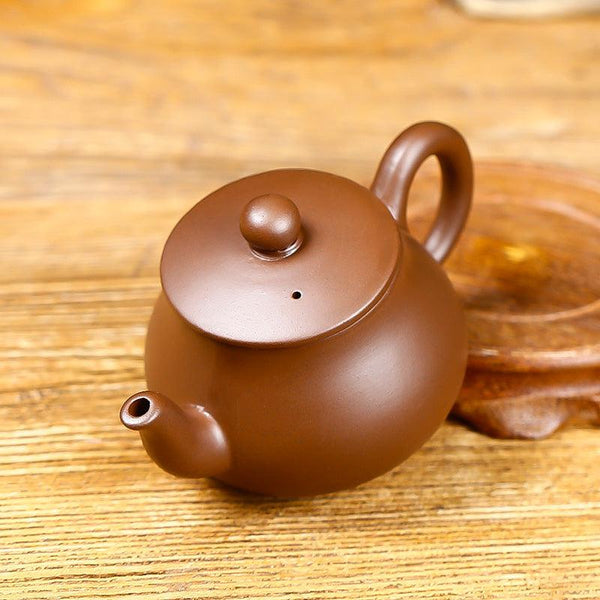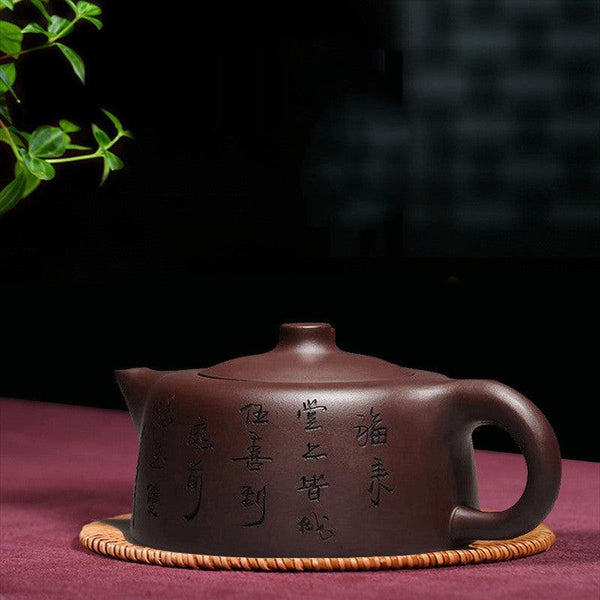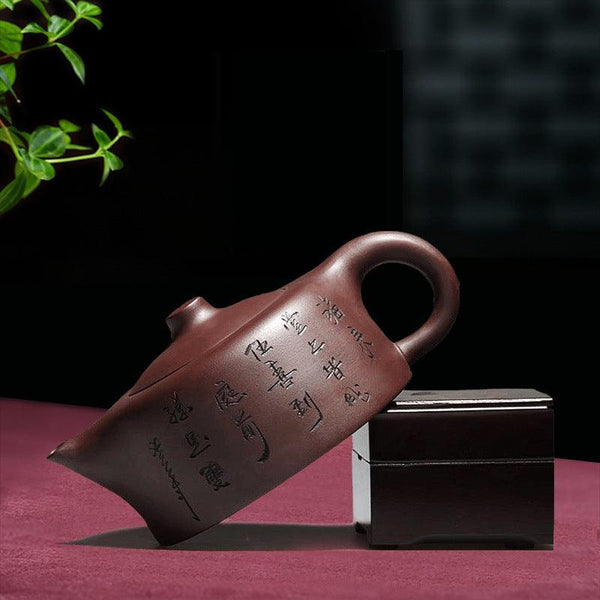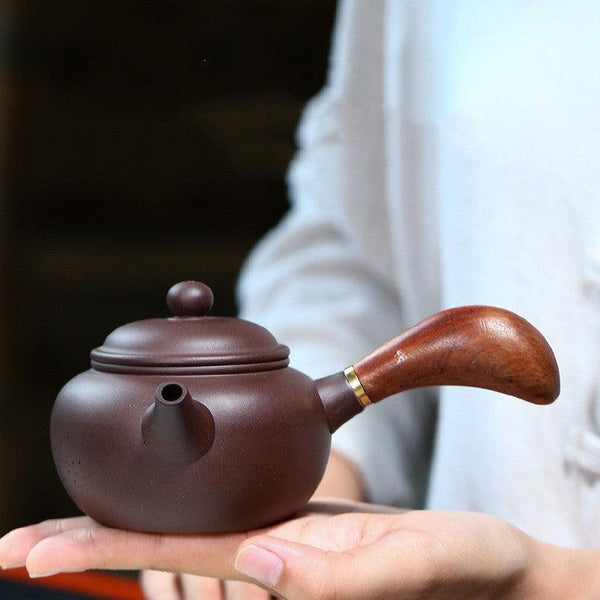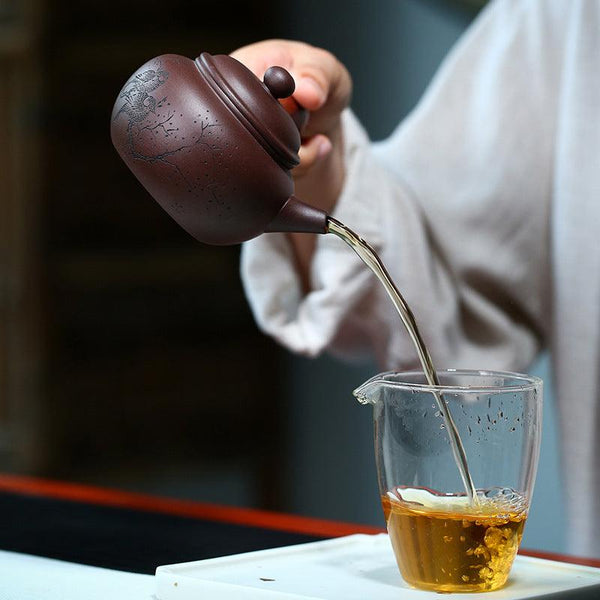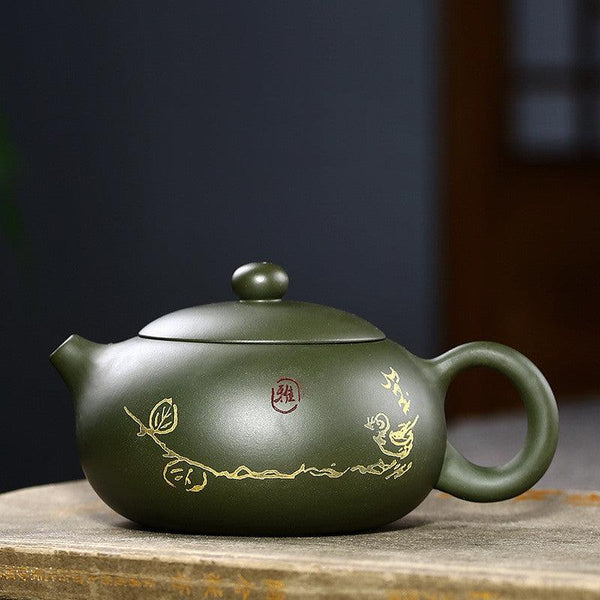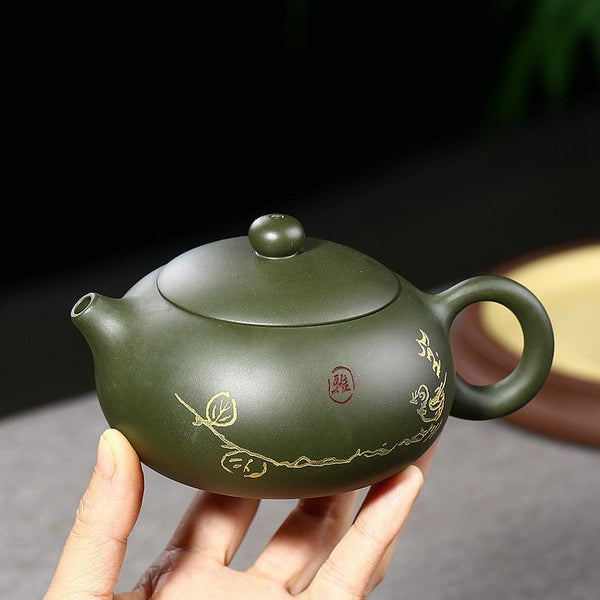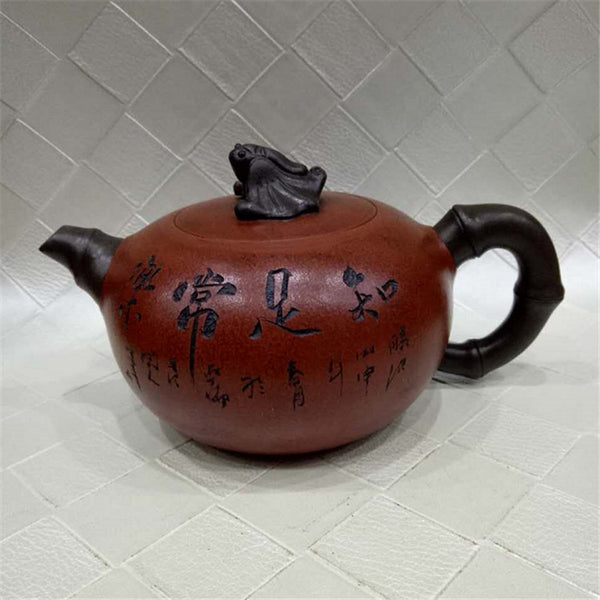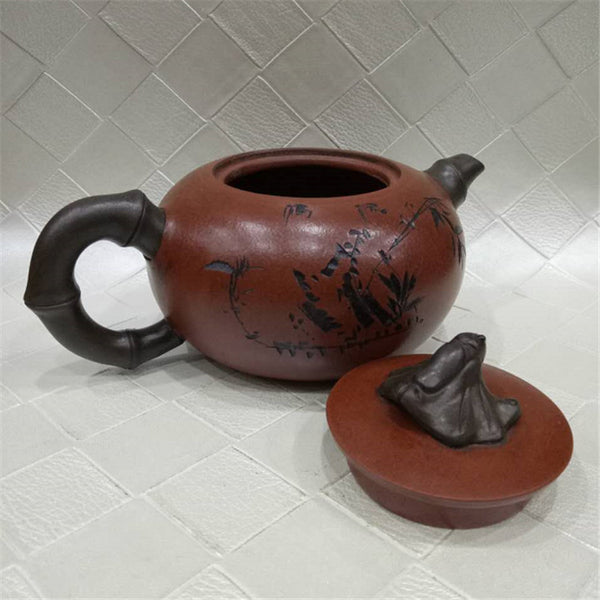Zisha, this unique clay buried deep beneath the soil of Jiangnan, is not merely the raw material for teapots but a singular marvel in the history of Chinese ceramics. Born from hundreds of millions of years of geological evolution, it was elevated by the aesthetic consciousness of literati during the Ming and Qing dynasties, ultimately becoming a distinctive vessel that bridges natural laws and humanistic spirit.
Introduction Purple Clay
The formation of zisha clay dates back to the Devonian Period, approximately 350 million years ago. At that time, the Yixing region was a shallow marine environment. Volcanic eruptions brought magma rich in iron and aluminum, which mixed with sedimentary deposits of aquatic organisms. Later, tectonic movements buried these materials deep underground. Under intense heat and pressure, these materials underwent metamorphic reactions, forming a unique mineral layer dominated by quartz, kaolinite, mica, and hematite.
Mineral Composition of Purple Clay
- Quartz (approx. 30%): Provides structural support and thermal stability.
- Kaolinite (approx. 20%): Confers plasticity and sintering strength.
- Mica (approximately 15%): Enhances the body’s toughness and thermal insulation.
- Hematite (approximately 8-12%): Determines the key color of purple clay, oxidising to a purplish-red hue.
Characteristics of Purple Clay
This unique mineral composition endows purple clay with three natural characteristics:
Plasticity
The plasticity index of purple clay ranges from 17 to 23, far exceeding ordinary clay (8 to 12), enabling artisans to achieve intricate hand-forming.
Low Shrinkage
A low drying shrinkage rate of only 4% to 6% significantly reduces deformation risks during firing.
High Temperature Resistance
A broad sintering temperature range from 1150°C to 1250°C, facilitating greater control over kiln-firing effects.
Why Does Purple Clay Have the Dual-Pore Structure
The most remarkable feature of purple clay lies in its dual-pore structure—closed pores (0.02–0.1 mm) within the granules and open pores (0.1–0.3 mm) between granules form a natural respiratory system.
Why Purple Clay Has A Dual-pore Structure
The main reasons can be attributed to three factors: mineral composition, particle characteristics, and firing process.
1. Unique Mineral Composition
Zisha clay is a clayey siltstone rich in iron. Under high temperatures, clay minerals melt to form a glass phase (a liquid but viscous substance), which acts like glue to bind surrounding quartz and other particles together. This process is called "sintering."
However, due to the high content of silica (quartz) in purple clay, it is like adding a large amount of sand to glue, preventing this "glue" from filling all the voids.
The result is that some voids are filled with the glass phase (forming a dense structure), while others remain, creating an interconnected open pore network.
2. Appropriate Particle Ratio
Authentic traditional purple clay is not ground into an excellent powder during preparation, but instead retains a specific particle size distribution (with both coarse and fine particles). This "sandy” feel is the reason why purple clay gets “Zisha”.
When these particles of varying sizes are stacked, they naturally create numerous gaps, which form the foundation for open pores. If the particles are entirely fine powder, they will be too dense after firing, reducing air permeability.
3. Appropriate Firing Temperature
The kiln firing temperature is the final step in achieving the double-pore structure. If the temperature is too low, the clay will not be fully sintered (commonly known as "underfired"), resulting in a loose structure, excessive porosity, insufficient strength, high water absorption, and even an earthy odor. If the temperature is too high, the clay will be over-sintered (commonly known as "burned" or "vitrified"), resulting in a loss of air permeability and a surface that becomes smooth like porcelain.
Only at the right sintering temperature (1100°C to 1250°C) can a perfect double-pore structure be formed that is both strong and durable (closed pores and glass phase provide strength) and breathable and waterproof.
Benefits of the Dual-pore Structure for Purple Clay Teapots
1. Permeability Effect
Pore diameters precisely span between water clusters (≈0.3mm) and vapor molecules (≈0.0004mm), achieving “permeable to air yet impermeable to water.”
2. Adsorption effect
With a specific surface area of 5-8 m²/g, it can adsorb approximately 30% of the tea polyphenols in the brewed tea.
3. Thermal insulation effect
Its thermal conductivity coefficient of 1.2 W/m·K is 25% lower than that of porcelain.
This explains the ancient Chinese saying, “Tea brewed overnight remains fresh even in summer heat”—the scientific principle behind it. The dual-pore structure delays the deterioration of the brewed tea while preserving its aromatic compounds.
Types of Purple Clay
Zisha is merely a collective term, not exclusively purple. Based on mineral composition and firing atmosphere, it primarily comprises three base clays:
1. Purple Clay (Mainstream Category)
Raw ore of purple clay appears purple-brown; oxidizing flame firing yields liver-pink hues. It contains 8-12% iron and 28-32% aluminum.
Representative source: Huanglongshan No. 4 Well Dicaoqing
2. Zhusha Clay (Rare Variety)
Zhusha Clay contains over 18% iron oxide, yielding an orange-red hue. Its shrinkage rate reaches 20-25%, with a yield rate below 60%. Zhusha clay has a dense body, producing a resonant sound similar to metal or stone.
3. Green Clay (Special Vein)
Green clay is pale green due to 0.3-0.5% cobalt oxide content. This material has over 40% quartz content with a distinct granular texture.
Additionally, derivative clays are produced through blending:
- Duan Clay: Naturally coexisting ore of purple and green clay.
- Descending Slope Clay: Formed by mixing different ore layers during mining.
- Blended Clay: Manually mixed from multiple ore materials.
How to Identify Zisha Clay
Three Key Factors for Identifying the Original Ore:
Grain Sequence
Under 60x magnification, the natural distribution of quartz and mica can be seen (synthetic Zisha Clay has a uniform grain size).
Firing Variations
When the kiln temperature exceeds 1150°C, the surface develops a metallic luster (carbonization of the additives).
Air-Drying Effect
After one month of use, it develops a matte luster (fake Zisha Clay will gradually fade in color with age).
Authoritative testing shows that genuine Zisha Clay releases 3.5 mg/L of potassium and sodium ions when exposed to hot water, while chemical Zisha Clay containing barium carbonate releases detectable barium ions.
Conclusion
The origins of purple clay and its teapots stem from a perfect fusion of natural gifts and human ingenuity. The unique clay nurtured by tectonic shifts meets the rich heritage of Chinese tea culture, and meticulously crafted by skilled artisans, the result is a purple clay teapot hailed as the finest tea vessel in the world.


